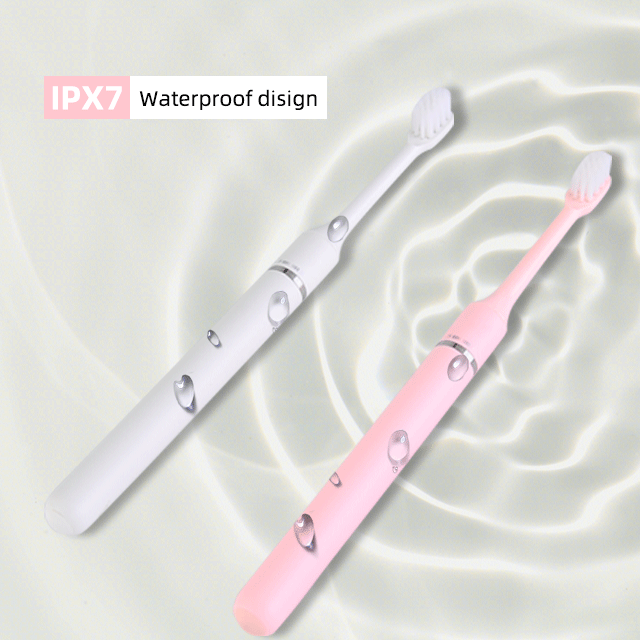The irrigador oral waterpik was invented by dentist Dr. Gerald Moyer and engineer, John Mattingly in the late 1950s in the United States, and was introduced to dental professionals at a convention in Texas in 1962. It is a tooth cleaning machine that releases a pulsating stream of water, either alone or combined with an antiseptic, which causes a compression and decompression phase that is ideal for removing food debris and biofilm and for massaging gums without damaging them.
An oral irrigator is a device with a small nozzle that will shoot water, air or a combination of both at your teeth and gum line in order to remove plaque and food debris.
Adding an oral irrigator to your routine can be invaluable in the fight against gum disease. Specifically, oral water irrigators have been proven:
Although oral irrigation was designed to replace flossing, dentists recommend that flossing remain a part of one’s daily oral care routine, as it is more effective at removing plaque than dental irrigation2.

A water flosser doesn’t replace your toothbrush or traditional flossing. You still need to brush your teeth twice a day, but you can use the water flosser before or after.
Fill your water flosser’s reservoir with lukewarm water, then put the flosser tip in your mouth. Lean over the sink to avoid a mess.
Turn it on and then it’s time to clean. Hold the handle at a 90-degree angle to your teeth and spray. Water comes out in steady pulses, cleaning between your teeth.
Start at the back and work your way around your mouth. Focus on the top of your teeth, the gum line, and the spaces between each tooth. Remember to get the back of your teeth, too.
The American Dental Association says water flossers with the ADA Seal of Acceptance can get rid of plaque. That’s the film that turns into tartar and leads to cavities and gum disease. But some studies find water flossers don’t remove plaque as well as traditional floss.
Don’t throw away your traditional dental floss just to try something new. Most dentists still consider regular flossing the best way to clean between your teeth. The old-fashioned stuff lets you scrape up and down the sides of your teeth to remove plaque. If it gets stuck in small spaces, try waxed floss or dental tape. Flossing might be uncomfortable at first if you’re not in the habit, but it should get easier.
Consider a water flosser if you have trouble using dental floss. If you have braces or dental work like permanent or fixed bridges, a water flosser might be helpful. They can be good for people with periodontal disease or with extremely dry mouths.
You also might want to try one if you have arthritis or other problems using your hands. Kids or teens with braces sometimes find water flossing easier than traditional flossing. Ask your dentist if it’s a good idea to switch to a water flosser or add it to your routine.
Laugh, protect your teeth, join pritech!

